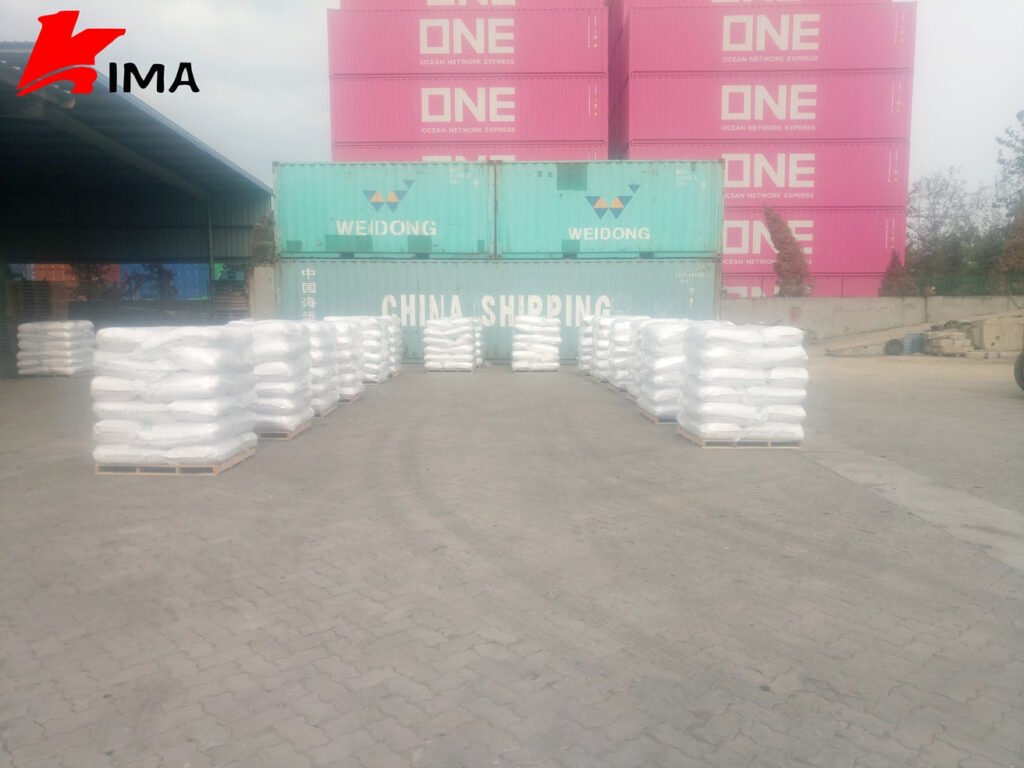
Hydroxyethyl Cellulose (HEC) is a versatile and widely-used ingredient in various industries, offering a range of applications due to its unique properties. Whether you are a consumer curious about the ingredients in your everyday products or a professional in the chemical industry, understanding the basics of HEC can be enlightening. In this article, we’ll explore the key aspects of Hydroxyethyl Cellulose, shedding light on its uses, manufacturing, and the suppliers who bring it to the market.
Unveiling the Basics of Hydroxyethyl Cellulose
Hydroxyethyl Cellulose is a non-ionic, water-soluble polymer derived from cellulose, a naturally occurring compound found in plant cell walls. The modification with hydroxyethyl groups enhances its water solubility and makes it a valuable ingredient in a wide array of products.
Applications Across Industries
1. Personal Care Products: One of the primary uses of HEC is in personal care items such as shampoos, conditioners, and lotions. Its thickening and stabilizing properties contribute to the desired texture and consistency of these products.
2. Paints and Coatings: In the world of paints and coatings, HEC serves as a rheology modifier. It helps control the viscosity of the paint, ensuring smooth application and even coverage.
3. Pharmaceutical Formulations: HEC finds its way into pharmaceuticals as a binder and film-forming agent in tablet coatings. Its biocompatibility makes it a preferred choice for oral dosage forms.
4. Construction Materials: In construction materials like mortars and adhesives, HEC acts as a thickening agent, improving workability and adhesion.
Manufacturing Insights
The production of Hydroxyethyl Cellulose involves the etherification of cellulose with ethylene oxide, resulting in hydroxyethyl groups being introduced into the cellulose structure. This modification imparts the desired water solubility and other functional properties to the polymer.
Key Features of Hydroxyethyl Cellulose
- Water Solubility: HEC readily dissolves in water, making it easy to incorporate into formulations.
- Thickening Properties: Its ability to increase viscosity is valuable in applications where texture matters, such as in personal care and paints.
- Stability: HEC enhances the stability and shelf-life of many products, ensuring they maintain their properties over time.
Finding Reliable HEC Suppliers
For those seeking high-quality Hydroxyethyl Cellulose, it’s essential to partner with reputable manufacturers and suppliers. One such company is Kima Chemical, a trusted source for HEC. As a leading supplier based in China, Kima Chemical provides HEC for various applications, maintaining a commitment to quality and reliability.
Visit Kima Chemical for Your HEC Needs
If you are in search of reliable HEC suppliers, Kima Chemical is a name to remember. With a focus on quality and a diverse range of applications, they stand out in the market as providers of top-notch Hydroxyethyl Cellulose.
Conclusion
In conclusion, Hydroxyethyl Cellulose is a multifaceted polymer that plays a crucial role in diverse industries. Its versatility, coupled with its unique properties, makes it an indispensable ingredient in various products we encounter daily. Understanding the basics of HEC empowers consumers and professionals alike to make informed choices and appreciate the science behind the products we use. For those looking to source HEC, partnering with reputable suppliers like Kima Chemical ensures access to a reliable and high-quality product.